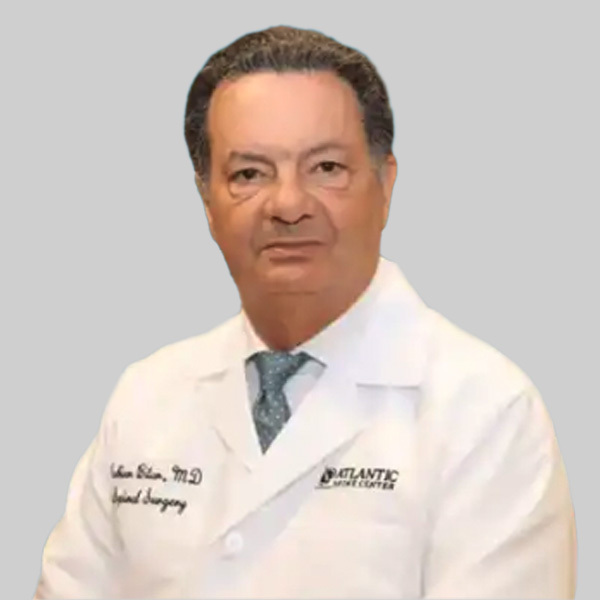What is Total Disc Replacement?
Between the vertebrae in the spine are cartilage-filled discs that prevent the bones from rubbing against one another. Over time, these discs may lose their elasticity, causing friction between the vertebrae. When this happens, patients often experience severe pain and discomfort. If this pain cannot be alleviated by conservative methods such as physical therapy, medication, or injections, total disc replacement surgery may be recommended.
How is a Total Disc Replacement Procedure Performed?
Prior to the surgery, your orthopedic surgeon will pinpoint the painful disc or discs by performing a discography, in which a dye is injected into the affected area. Generally, the discography will be followed by X-rays and a CT scan.
During a total disc replacement procedure, an orthopedic surgeon will remove all or most of the damaged disc tissue and insert an artificial disc made of metal or plastic-like (biopolymer) materials. Typically designed with two plates, the artificial disc attaches to the vertebrae above and below the disc it’s replacing. Wedged between the plates is the soft, plastic-like material that mimics the cushion of a real disc.
Who Needs a Total Disc Replacement?
Total disc replacement is most often recommended for people suffering from degenerative disc disease, a condition that typically occurs in older people. As we age, the discs in our spines shrink and there is less of a buffer between the bones. Having arthritis and osteoarthritis may also lead to weakened discs.
Without a protective disc, the vertebrae rub together and cause uncomfortable friction. If you have this condition, you may experience severe pain in the neck or upper back, numbness or tingling in the shoulders or arms, and muscle spasms. The pain may worsen when you sit down or bend your spine.
What is the Recovery Time for Total Disc Replacement?
While total disc replacement may seem like a daunting procedure, you will be in good hands with an experienced orthopedic surgeon — and post-op recovery is generally quick. Most patients leave the hospital the day of the surgery or the day after the procedure. Some surgeons may require patients to wear a soft collar for about two weeks, as well as a light brace around the abdomen to allow the spine to heal. Patients can generally return to work within two to six weeks.
Physical therapy that emphasizes core strengthening exercises can aid in the healing process. Patients are discouraged from activities like jogging or those that involve leaning backward until they are fully recovered, which usually takes about three months.
_________________________________
EXPERIENCING PAIN? DO YOU HAVE AN INJURY?
Our Specialists are here to help.
Book an appointment with NYC’s best orthopedic specialists to discuss your condition. Fill out the form below and you will receive a call from our office within 5-10 minutes. We’ll book an appointment at a time and location that work for you, and send you a reminder by email.











